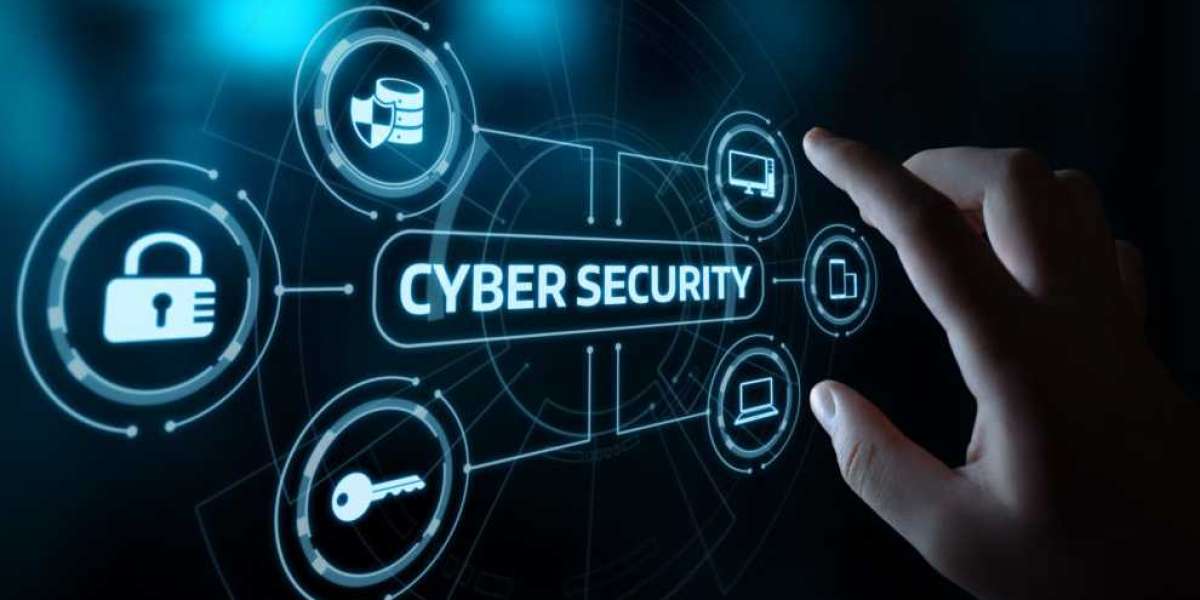Introduction to Cybersecurity
In today’s fast-paced digital landscape, cybersecurity is no longer optional—it’s a necessity. It serves as the backbone of a secure digital experience, ensuring that individuals and organizations can operate without fear of malicious attacks. But what does cybersecurity encompass, and why is it so crucial? Let’s uncover its layers and explore its significance.
What is Cybersecurity?
Cybersecurity refers to the practices and technologies used to protect systems, networks, and data from unauthorized access, theft, or damage. From securing personal devices to safeguarding massive corporate networks, cybersecurity shields our digital lives from various threats.
Importance of Cybersecurity in the Modern World
In a world dominated by online interactions, cyber threats are ever-present. A single breach can compromise sensitive information, disrupt services, and even tarnish reputations. Cybersecurity ensures that data integrity, confidentiality, and availability are maintained across all digital platforms.
Evolution of Cybersecurity Over the Years
Cybersecurity has come a long way from simple antivirus software to complex, multi-layered defense mechanisms. As cybercriminals evolve their tactics, the cybersecurity industry has continuously innovated to stay ahead of potential threats.
Types of Cybersecurity Threats
Malware and Viruses
Malware, short for malicious software, encompasses viruses, worms, and other harmful programs designed to infiltrate and damage systems.
- Common Types of Malware
Malware includes ransomware, spyware, trojans, and adware, each with distinct functionalities aimed at exploiting vulnerabilities. - Real-World Examples of Malware Attacks
Attacks like the WannaCry ransomware outbreak in 2017 highlight how devastating malware can be, affecting thousands of organizations globally.
Phishing Attacks
Phishing is a common tactic where attackers pose as legitimate entities to steal sensitive information like passwords or financial details.
- How Phishing Works
Through deceptive emails or messages, hackers trick victims into revealing personal information or downloading malicious files. - Preventing Phishing Attempts
Verifying email sources, avoiding clicking suspicious links, and enabling multi-factor authentication (MFA) are effective prevention strategies.
Ransomware
Ransomware locks users out of their systems or data until a ransom is paid.
- Impact of Ransomware on Businesses
Organizations face financial losses, reputational damage, and operational disruptions due to ransomware attacks. - Famous Ransomware Cases
Notable incidents include the Colonial Pipeline attack, which caused fuel shortages across the United States.
Social Engineering Attacks
Social engineering manipulates human psychology to gain unauthorized access.
- Manipulation Tactics Used by Hackers
Techniques include impersonation, pretexting, and baiting, exploiting trust to extract confidential data. - Safeguards Against Social Engineering
Regular training and fostering a culture of skepticism can help combat social engineering threats.
Key Elements of a Strong Cybersecurity Strategy
Firewalls and Antivirus Software
These foundational tools block unauthorized access and detect malicious software before it can harm systems.
Network Security Protocols
Implementing secure protocols like SSL and VPNs ensures data is transmitted safely over the internet.
Data Encryption
- Importance of Encryption
Encryption transforms readable data into unreadable code, making it useless to unauthorized users. - How Encryption Works
Using algorithms, data is encoded and can only be accessed with a decryption key.
Employee Training and Awareness Programs
Human error is a leading cause of cyber breaches. Educating employees about best practices and potential threats reduces organizational vulnerabilities.
The Role of Governments and Organizations
International Cybersecurity Laws
Governments worldwide are establishing laws like GDPR and CCPA to protect user data and penalize offenders.
Cybersecurity Policies in Organizations
Strong internal policies, including regular audits and incident response plans, ensure organizations stay prepared for cyber threats.
Collaborative Efforts to Fight Cybercrime
Partnerships between governments, corporations, and cybersecurity firms foster innovation and create a unified front against cybercriminals.
Emerging Trends in Cybersecurity
Artificial Intelligence and Machine Learning
AI enhances threat detection by analyzing vast amounts of data for unusual patterns, allowing proactive responses.
Cloud Security
As businesses migrate to the cloud, ensuring secure access and data storage is more important than ever.
Zero Trust Architecture
Zero Trust eliminates implicit trust, requiring verification at every stage, no matter the user’s location.
Internet of Things (IoT) Security
With billions of connected devices, securing IoT ecosystems from breaches is a growing challenge.
Challenges in Maintaining Cybersecurity
Rapidly Changing Technology
Cybercriminals are quick to exploit new technologies, making it hard to keep defenses up-to-date.
Lack of Skilled Professionals
The cybersecurity skills gap leaves many organizations struggling to hire qualified experts.
Insider Threats
Disgruntled employees or accidental actions can compromise security from within.
Budget Constraints
Smaller organizations often lack the resources to implement robust cybersecurity measures.
Conclusion
Cybersecurity is not just a technical necessity but a collective responsibility. By staying informed and proactive, individuals and organizations can create a safer digital environment. Remember, in the realm of cybersecurity, prevention is always better than cure.
Visit DigitalxCore for details.
FAQs
- What are the top three cybersecurity threats today?
Malware, phishing, and ransomware are the most prominent threats. - How can individuals protect themselves from phishing attacks?
Be cautious with emails, enable multi-factor authentication, and verify links before clicking. - What is the significance of data encryption in cybersecurity?
Encryption protects sensitive data by rendering it unreadable to unauthorized users. - Are small businesses at risk of cyberattacks?
Yes, they are often targeted due to weaker security measures. - How can one start a career in cybersecurity?
Gain certifications like CISSP or CEH, and build skills in network security and ethical hacking.


